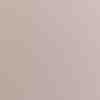Our Dyes
Dyes are Small chemical molecules that can absorb light and then remit light (fluoresce) at different wavelengths. This property is very useful in a wide variety of life science applications because they can be used to trace the presence of a wide variety of biological and cellular materials. NIRvana Sciences dyes are called bacteriochlorins and chlorins and are members of the porphyrin dye family.
UV Laser Excitable Dyes
Bacteriochlorins are synthetic analogues to bacteriochlorophyll, a chlorophyll used by certain kinds of algae-like bacteria for photosynthesis. NIRvana bacteriochlorins are superior to bacteriochlorophyll in several ways:
• More photo and thermally stable because of geminal dimethyl groups
• Wavelength tunable
• Increased accessibility of diverse functionality for solubility and conjugatability
Bacteriochlorins possess a large UV absorption band excited by ultra violet lasers and very large stokes shift with near-infrared emissions between 685nm-900+nm.
The common ultra-violet excitation of bacteriochlorins offers a palette of many narrow emission dyes (18-25nm fwhm) that are 2X-4X narrower than current dyes.
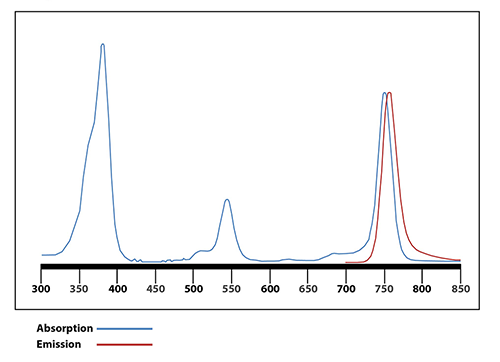
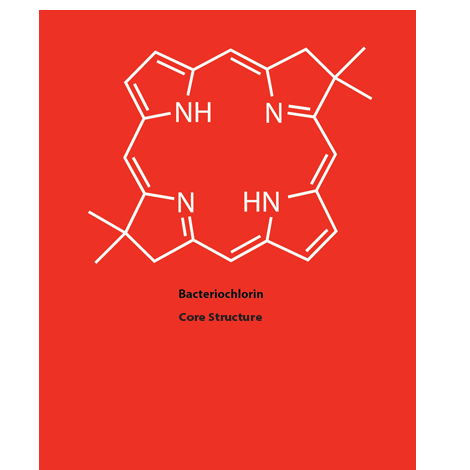
Violet Laser Excitable Dyes
Chlorins are synthetic analogues to plant chlorophyll but better in several ways:
• More photo and thermally stable because of geminal dimethyl groups
• Wavelength tunable
• Increased accessibility of diverse functionality for solubility and and conjugatability
Chlorins possess a large violet absorption band excited by violet lasers and large stokes shift with red to near-infrared emissions between 600nm-725+nm.
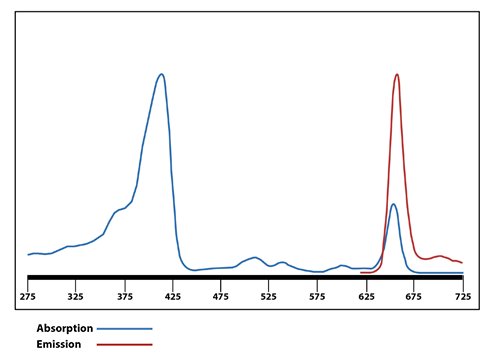
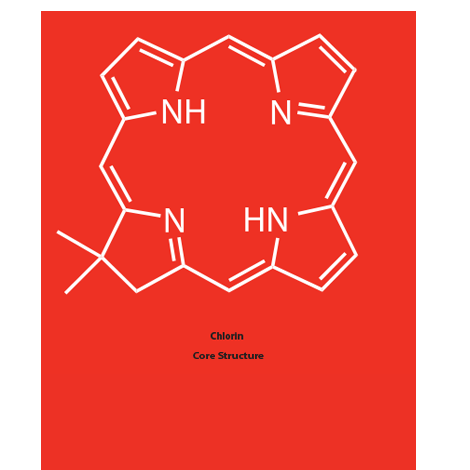
Synthetic Platform
NIRvana’s synthetic dye development platform is based on decades of research involving the development of synthetic analogues of chlorophyll and bacteriochlorophyll conducted at NC State, UC Riverside, Washington University in St. Louis and several others.
This synthetic approach and unique knowledge enables NIRvana to extensively modify our dyes spectral, water, and biological attachment chemistries to meet your unique product specifications.
Spectral Tuning
Structural modification of the core molecule enables wavelength tuning mainly of the red and near-infrared absorption and emission bands. Our expertise to design and predict absorption and emission properties is critical to dial-in spectral properties +/- 10nm.
Water solubility
NIRvana can solubilize its dyes using a variety of water solubilizing functional groups making them more appropriate for certain biological applications.
Linker chemistries
NIRvana dyes can be structurally modified to allow attachment to a variety of different substrates, including antibodies, proteins, peptides, and particles.
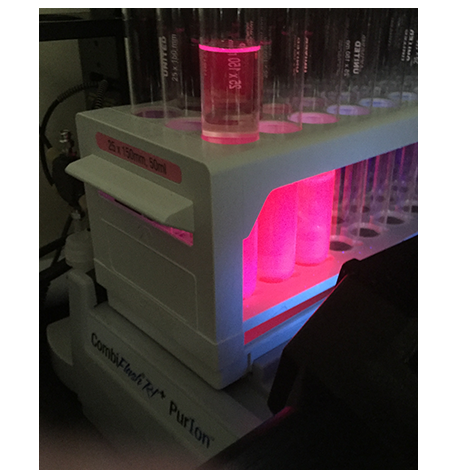
Wow – An organic dye that you can excite at 405nm and emits at 880nm.
Awesome - Five violet dye emissions that fit within 130nm.
Great - Dyes with emissions 2X-4X narrower than most current dyes.
Tremendous – Dye library includes over 700 chlorin and bacteriochlorin designs
NIRvana Sciences is taking multiplexing to the next level
More Info919.354.1053
7020 Kit Creek Road, Suite 230 Research Triangle Park, North Carolina 27709 USA


